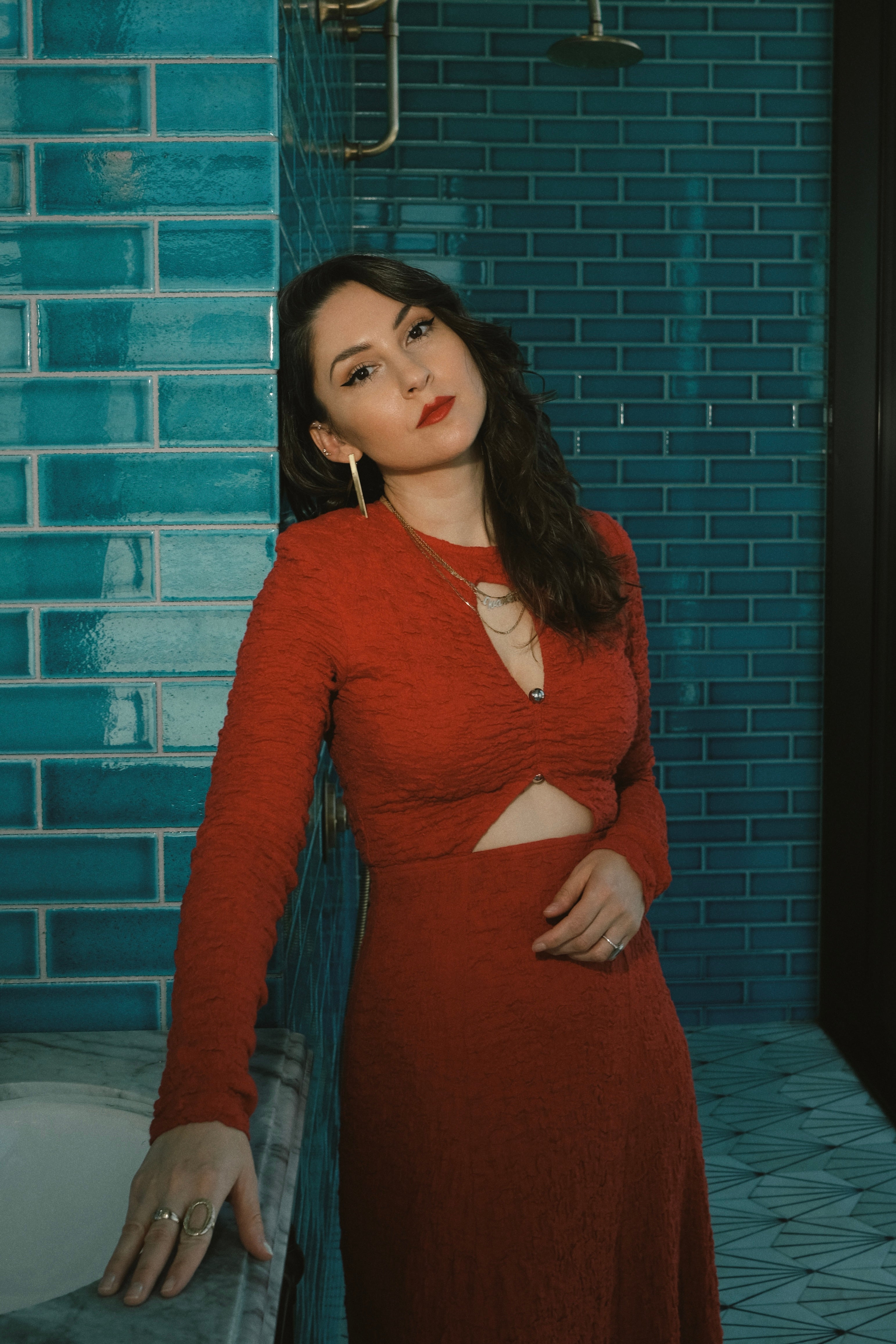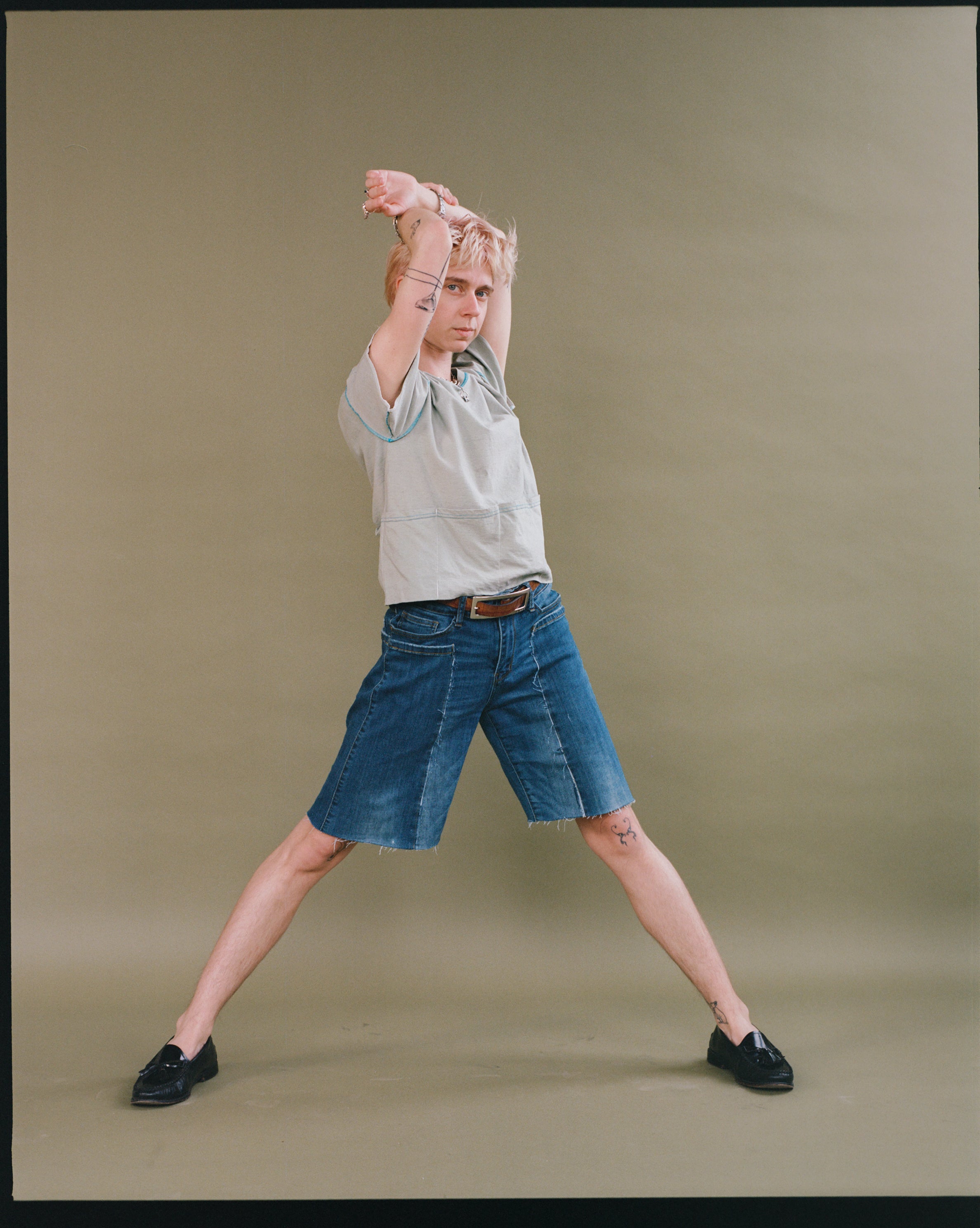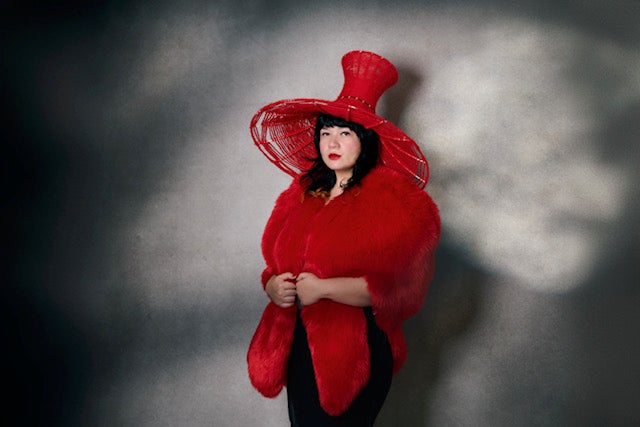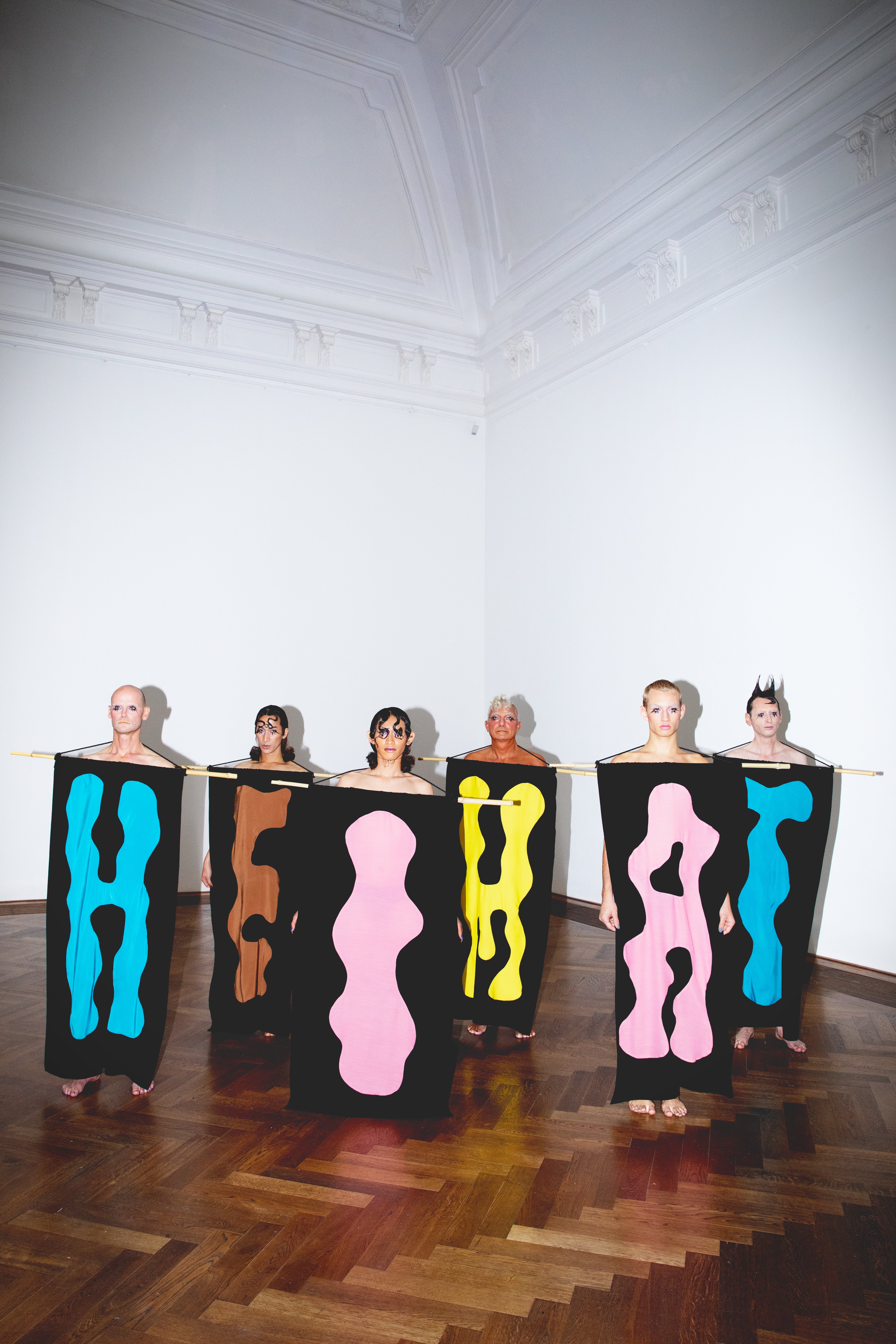This website uses cookies so that we can provide you with the best user experience possible. Cookie information is stored in your browser and performs functions such as recognising you when you return to our website and helping our team to understand which sections of the website you find most interesting and useful.
“Your individual style is what showcases your identity,” Ivanka De Koning, a famed queer femme fashion influencer, told us when asked whether individuality can be manifested through fashion. For hers, it did. “As my identity evolved, so did my style.”
De Koning was 26 years old when she came out as queer, making her what she would call a “late bloomer”. She was born in Heerlen, Netherlands, but traveled around the world for most of her childhood because of her father’s military career, before landing in New York City. Manhattan quickly became her home, a welcoming space free from judgment and expectation.
Since starting a fashion blog in 2016, she’s now gained more than 422,000 followers on Instagram and 60,000 on TikTok, leading two mass audiences as a figure for inspiration. People look to her, a luxury fashion creator within the LGBTQ+ community, on their journeys to find the same solace and self-confidence she so clearly exudes.
On her page, the 36-year-old creator balances a palette of sophisticated brands like Prada, Dior, and Sandro with the playfulness of JW Anderson. De Koning dazzles downtown, decorated in a mix of feminine fashion codes and masculine cues, making even the classic black tie her own with a patent leather skirt. In its entirety, her style is refined. Dark undertones and light washes of vibrancy materialize a striking self-awareness in her, captivating her followers. But though her confidence appears effortless, it took her a while to find the look that eventually mirrored her true character.
“I’ve experienced every stage of style and tried them all,” she said. “I learned more about myself, what I like, what I hate, and what makes me feel confident. When I first came out, I was so confused on how to dress or ‘fit in.’ Yet, as I became more confident and comfortable in my identity, I started to develop my own unique style.”

For many members of the LGBTQ+ community, fashion allows them to actualize their identity before they know how to define or speak it.
MI Leggett, the creator of Official Rebrand, who identifies as non-binary and trans masc, agreed that fashion is a window into self-discovery, forming the different silhouettes of our personas as we experiment with clothing styles to find what fits our vision of and for ourselves. And sometimes our style remains undefined – an echo of who we are.
“I always found myself expressing myself through clothing and art and being able to actualize myself with material,” MI told us. “Like my inside turned outside because I didn’t really relate to the outside in certain ways.”

MI’s gender and sexuality is fluid. Though they identify as trans masc and take testosterone, they present across the spectrum. “I identify all over the spectrum, kind of constantly shifting depending on the day. My intention is to be illegible,” the artist noted, before adding how this fluidity existed in their style since they were younger.
It wasn’t until MI was in their late teens did they come to find out identifying as non-binary was an option. They had always been uncomfortable with the compulsory gender binary, feeling like they couldn’t define themself under such strict identifications. At the time, when the appropriate language wasn’t available, MI turned to clothing and art to visually theorize themself.

Growing up, MI would dress in more feminine codes, becoming “a caricature of hyper femininity.” But MI would also juxtapose these looks with more masculine ones. They said their style was either majorly skewed one way or the other – a product of the constricting gender norms they’d been forced to follow. Since then, MI has found influence across the board.
Launching Official Rebrand in 2017, MI sought to create a collection fit for everyday and anyone who revels in gay fetish culture and queer nightlife. From imaginative cuts into collared shirts to vintage work jackets with painted outlines of rabbit figures, each design prioritizes utility, function, and preservation, as much as it offers a fun and frisky flare to solid bases.
Sustainability is also a main motivator for Official Rebrand. In their eyes, as much as it benefits the environment, reviving and repurposing tossed clothing mimics an important sentiment of self-expression: Make something fit who you are rather than fitting into something you’re not.
“You can just create something to express yourself just for you and if you don’t necessarily identify with your body or these sanctified, pre-packaged consumer identities that are shoveled down our throats constantly, you can invent with already made clothing, changing it to make it personal to you,” MI explained. “It’s really more about how you wear it than what you wear.”
“We all have different forms of personal style. However, what makes your personal style special, is that it’s 100 percent yours,” De Koning added. “When you feel good in your style, you own it and it shows. That confidence will bring out the best in you and your authentic self.”
Often, gender fluidity can be epitomized through androgynous dressing, composed of simple, yet timeless bases that are non-conforming. Other times, prismatic patterns and bright hues demonstrate gender fluidity in fashion – something Jacqueline Loekito’s eponymous brand brilliantly executes.

Loekito identifies as a “female earthling” and says her sexual orientation is “male femininity.” Her comfort is her chosen queer family but she was born in Jakarta to an Indonesian father and British mother. Indonesia, an archipelagic country that’s made up of over 17,000 islands, exposed the inventive designer to a vast array of people from different religions, races, cultures, and genders at an early age. It was here where she developed unparalleled appreciation and love for the differences between people before she found her strength in crafting clothes that diminished gender divides.
When Loekito eventually moved to London to study fashion, she quickly came to realize her signature design style was “genderfluid.” “When I design I don’t think of the gender, hence why anyone can wear it. I find designing for specific gender is so limiting,” the creative explained.

Designing dynamic pieces with inventive shape and lively adornments for those who inspire her, to her and so many others, is a celebration of diversity in more than just a material way. “When you are free from any norm of society, you are honest and this reflects on how you dress and how you treat people,” Loekito proclaimed. “Be free and let go of any burdens. Life is too short to hold on to something that is not important.”
De Koning candidly remarked: “I’ve never been more aware of my identity. I’m queer femme and every creative aspect of my career and life makes up my identity. From putting an outfit together or concepting a creative photoshoot, it’s all fueled by my queer femme identity.”
To all her followers, anyone discovering their identity, and anybody trying to live their life authentically, she says: “Follow what excites you. Say yes. I wouldn’t be where I am today if I didn’t allow myself to explore and listen to my intuition.”
MI’s advice is simple and concise: “Take agency.”



 Africana55 Radio
Africana55 Radio 

